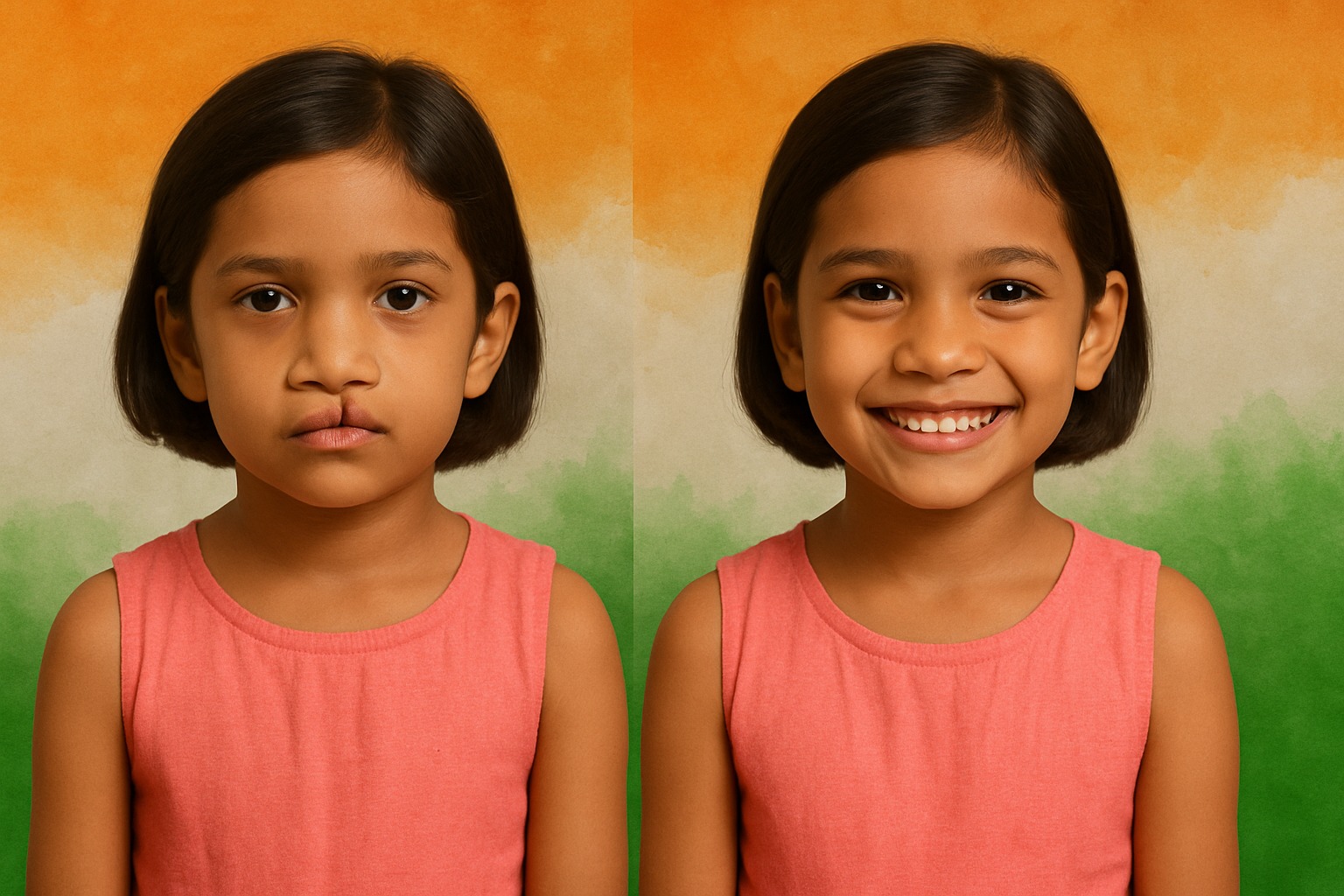Author: EBMA foundation
Date: June 2025
Tags: Cleft Awareness
Hey there, friend.
Have you ever seen a baby with a small gap in their lip or the roof of their mouth? That’s called a cleft. It’s not a rare thing — in fact, thousands of babies in India are born with it every year. But many people still don’t really know what it is, or what it means for a child’s life.
Let’s change that today. This won’t be a medical lecture — promise. Just talking about a medical challenge that many children in India face.
So, What Exactly Is a Cleft?Imagine this: during the early weeks of pregnancy, a baby’s face slowly starts forming — the lips, nose, and mouth coming together like puzzle pieces. Sometimes, for reasons we’re still figuring out, those puzzle pieces don’t fully connect. That’s when a cleft happens.
It could be a small gap in the upper lip (cleft lip), a hole in the roof of the mouth (cleft palate), or sometimes both. And no, it’s not caused by something the mother did wrong.
But Why Does It Happen More in India?
Let’s be real — India has its unique challenges. Here are some of the main factors:
Nutrition during pregnancy: Many expectant mothers in rural areas don’t get enough folic acid or vitamins. This is a major risk factor.
Lack of awareness: A lot of families don’t know the importance of prenatal check-ups or supplements.
Environmental factors: Pollution, contaminated water, and even pesticide exposure can raise the risk.
Genetics: Yep, sometimes it just runs in families.
Now here’s the kicker — most of this can be prevented or treated. But still, a child is born with a cleft in India every 30 minutes. And in too many cases, they don’t get the help they need.
But Can’t They Just Live with It?
Well, think about this. Try saying “banana” without touching your lips together. Or drinking water with a straw when there’s a hole in the roof of your mouth. Not easy, right?
Kids with cleft often struggle to:
Eat without choking
Speak clearly
Breathe properly
Be accepted by society
And that last one? It’s the hardest. Many children are teased, isolated, or even hidden away. Just because of how they look.
There’s a Beautiful Solution: Surgery
Here’s the good news. A cleft surgery is simple, safe, and life-changing. It usually takes less than two hours. That’s shorter than a movie! And in that time, a child can gain the ability to smile, eat, and speak — often for the first time.
But surgery needs awareness. It needs trained doctors. And yes, it needs money. That’s where we — you and me — come in.
Because once you see the difference it makes, you’ll never forget it.
Sort into paragraphs and add spaces aptly

